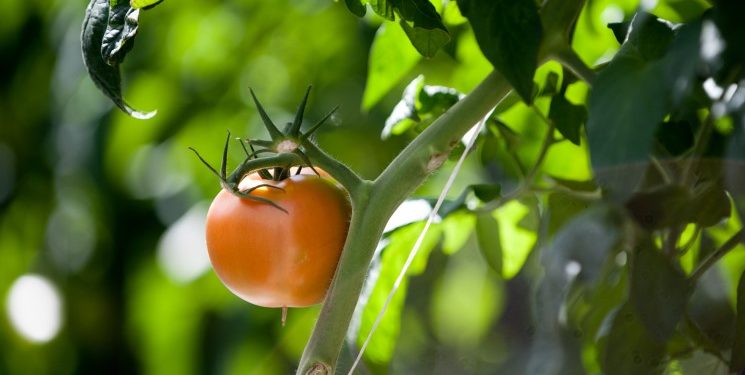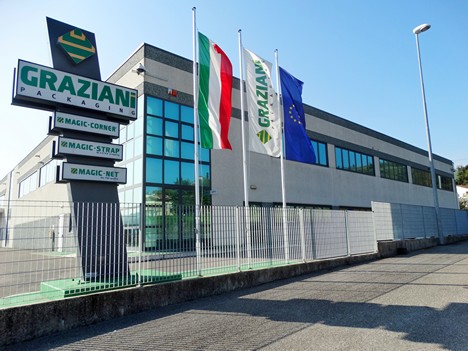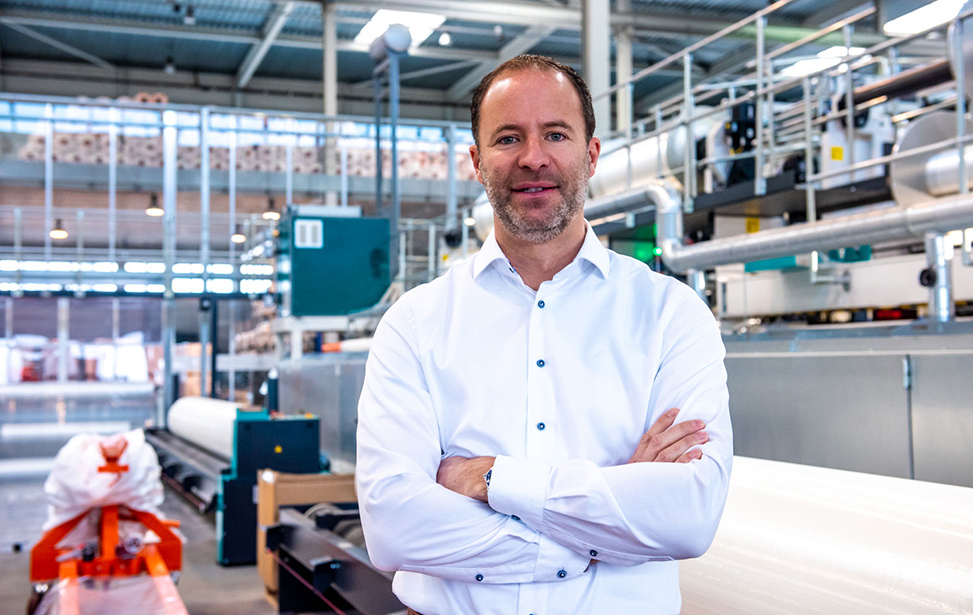#Agriculture #GreenhouseFarming #SeedProduction #RussianAgriculture #FoodSecurity #AgriculturalInnovation #GovernmentSupport #HorticultureTrends #CropSustainability #InternationalAgriculturalExhibition
In recent discussions at the “YUGAGRO-2023” expo, Alexey Sitnikov, the president of “Greenhouses of Russia,” urged the government to provide additional support to domestic seed production. The goal is to enhance the market presence of Russian-grown cucumbers and tomatoes. Sitnikov suggested compensating a portion of seed production costs to make it more economically viable for producers.
The current scenario reveals a disconcerting misalignment between seed production costs and the profitability of premium-grade tomatoes. Sitnikov emphasizes that the cost of producing tomato seeds surpasses the income generated from selling premium-grade tomatoes. This economic incongruity poses a threat to the sustainability of the greenhouse vegetable industry.
While discussing the potential of fully localizing vegetable seed production within Russia, producers caution against abrupt transitions, fearing repercussions on the country’s food security and the economic activities of agricultural companies. However, the prospect of continuing seed development within Russia while organizing seed production outside its borders is considered a viable compromise.
Noteworthy is the seven-year growth spurt in greenhouse vegetable cultivation, with areas expanding from 1.2 thousand hectares to 3.2 thousand hectares. International investors, including those from abroad, have played a significant role in this expansion.
Speaking of companies capable of gradually replacing imported vegetable hybrids, Sitnikov highlighted the achievements of the company “Gavrish,” which, over 30 years, has created approximately 600 hybrids that either match or surpass foreign hybrids in various aspects.
However, despite the promising future for Russian breeding, Dr. Sergey Gavrish, founder of the breeding and seed company “Gavrish,” emphasizes the lack of corresponding government support. He suggests that subsidies be allocated exclusively to greenhouse complexes utilizing domestically developed seeds. Currently, “Gavrish” sells seeds for tomatoes and cucumbers covering 1-1.2 thousand hectares of protected ground, constituting around 20-25% of the Russian market.
The absence of subsidies for Russian seed producers puts them at a disadvantage compared to their Dutch counterparts, who receive support for seed sales abroad. Gavrish underscores the indirect contribution of Russian greenhouse complexes purchasing non-domestic seeds, supporting foreign scientific advancements rather than investing in Russian research and development.
President Vladimir Putin has set a goal to achieve 75% self-sufficiency in Russian seeds by 2030. Despite measures taken to support the industry, further initiatives are needed. According to the RUSEED seed company’s analytical center, supporting scientific research in seed breeding is crucial. This support will aid in creating new seed varieties with improved characteristics, including yield, disease resistance, and providing subsidies for seed producers to build and upgrade agricultural facilities. These measures are instrumental in achieving food security objectives much sooner.
As of October, the Ministry of Agriculture plans to establish quotas for seed imports in 2024 and select supplier companies by the year-end. The final parameters will consider market needs, domestic seed production, and the supplier’s plan for localizing production within Russia. The government’s resolution on seed import quotas came into effect on October 1, aiming to regulate and promote domestic seed production.
The call for increased state support for Russian seed production marks a pivotal moment in the country’s journey toward agricultural self-sufficiency. Balancing the economic viability of local producers with the need for gradual transitions is essential. The success stories of companies like “Gavrish” demonstrate the potential of Russian breeding, but sustained government support is crucial for realizing long-term goals. As the nation strives for 75% seed self-sufficiency by 2030, it is imperative to prioritize research, subsidies, and strategic planning to ensure a sustainable and resilient agricultural future.












